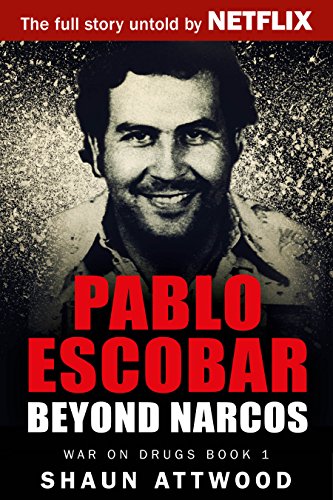
Pablo Escobar: Beyond Narcos
von Shaun Attwood
From living luxuriously, Pablo had become a wartime commander. Despite all of the setbacks, the cocaine continued to flow. Pablo was listed as one of the richest men in the world in Forbes Magazine, with a net worth of $3 billion.
The raids on Gacha’s property were just as impressive. Outside one of his mansions was a stone bridge over a man-made pond. Inside were porcelain cats, crystal coffee tables, Chinese vases, a pool table, a white marble bathroom with gold plumbing fixtures and Italian toilet paper with prints of naked women on each sheet.
In 1983, a program called Drug Abuse Resistance Education (DARE) started in American schools. Students were encouraged to let the police know about their friends’ and families’ drug habits, so they could swiftly be incarcerated. The Reagan-Bush administration doubled the federal prison population. Young offenders and non-violent drug users were sent to Special Alternative Incarceration boot camps to have their rebellious attitudes demolished. They often emerged traumatised and more inclined to take drugs.
The remaining option was the Municipal Rehabilitation Centre for Drug Addicts on property called La Catedral del Valle, stationed on a mountainous slope over the Honey Valley, 7,000 feet above sea level, which would give the guards and the occupants a bird’s-eye view of any threats. The area was foggy in the evening and at dawn, which made a surprise raid from the air more difficult and provided a means for the occupants to slip away unnoticed if they needed to flee. They could easily lose their pursuers in the surrounding forest, which was teeming with wildlife, such as armadillos, sloths and huge iridescent butterflies.
Father Garcia called Pablo an unrepentant pornographer and demanded that he return to God’s path.